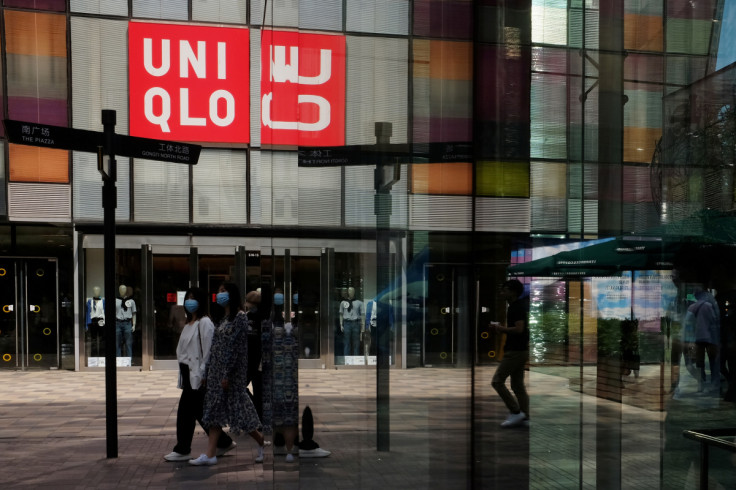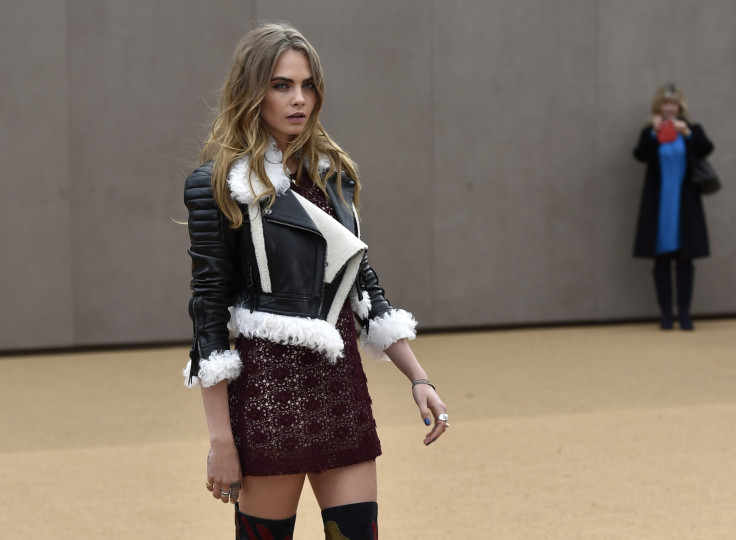ビジネス情報

Reuters
Over the years the fashion industry has been both a reflection of our societal norms and diktats, but also an accurate representation of our consuming habits. Approximately the principle of clothes was first invented and brought up during the last Stone Age and its sole purpose was to keep people warm and protect them against the elements of nature.
Since as far back as 3000 B.C., the way we dressed was very symbolic and representative of who we were and how important we appeared in the eyes of society. Within the early royal era and later on, with more modern civilisations, fashion was seen as a luxury and the idea of trends was quite unknown unless you were highly positioned within the court or society.
Fashion has always been a political, social, and economical stand in society depending on what brand or clothes you are wearing you are taking a stand on. The way fashion is currently being used also increases society’s capitalistic habits encouraging a process of non-stop material ownership.
Additionally, fashion codes and norms have been disrupted and uprooted over the years, increasing the need for a full representation of all types of models, especially models with disabilities, which is now portraying a unique kind of beauty as expressive and beautiful as socially imposed standards.
Inclusivity in fashion, and especially in terms of disability, is about normalising the different ways people express their fashion and broadening our vision of classic art or standard self-expression with new body types and personalities portrayed.
How does fashion symbolise our consumption habits and how will a more inclusive approach and business setup impact this pattern?
Fashion: A core symbol of modern human consumption?
It is no secret that the fashion industry is the perfect example of both capitalism and consumerism within society, which is truly reflected through seasonal fashion changes and this constant need to fit in the current trends. This restless race against the latest fashion style has led to an explosive increase in fast fashion proposing trendy sometimes luxurious items lookalike for anyone to copy and access the latest social media or runaway fit.
Our environment and the constant evolution of social norms regarding trends pressure the way we have to consume and approach fashion. Even in a current inflated context showing that you belong within a certain social rank through your fashion senses and style has become almost mandatory.
According to a report conducted from 2020-2021 by the International Research Network, fashion consumption is split into three key phases: acquisition, use, and disposal. Moreover, this consumption process intensified during the COVID crisis as online orders and especially fast fashion were off the charts in terms of use and highlighted a heavy compensation for the lack of liberty at this moment.
Furthermore, even before the previous health crisis, this process has become easier to go through and the appreciation for the product and the anticipation of using it on a long-term basis has gone out of style as well.
Living in a fast-paced world where people demand everything with the snap of their fingers is headed in a completely different direction from the vision of a more desired sustainable fashion. Inclusivity implies quality, sustainability and creating a healthier type of consumption and thinking pattern, it also links right back to the current climatic crisis indulging healthier lifestyles in general.
We are now facing a multidimensional issue and living in a fully fast fashion world by the time a piece of clothing is created another trend is already in the works. Fashion has now become a sociopolitical issue and is facing the consequences of an overproducing and over-consuming society ruled by unethical profits.
Nevertheless, the modern fashion business employs around 300 million people all over the world and a load of them are located in Asia and other developing countries creating a massive worldwide interconnected economy.
Overall the way we consume and think of fashion is automatically influenced and reflected through the current environment we evolve in and is shaped by important social, environmental, and economical events as well. Fashion consumption is a mirroring symbol of how we behave as a society and how we choose to exploit and model our world and automatically decide on whether or not we choose to open our minds or not.
Will inclusivity be a motor for a change with a positive or negative impact?
As previously discussed, over the last few years, fashion has become the self-expression of our society’s evolution. Nevertheless, its access is still limited to a very specific part of the population fitting into society’s criteria for what is beautiful and acceptable to portray as one type of beauty.
Plus-size, ageing or disabled populations are still out of that process whether it is during the shopping process or the actual proposed products. Fashion as any other creative art spreads liberty and creativity, thus it is crucial for anyone to feel seen and represented to equally own this art as any other consumer.

Throughout the years several activist writers, journalists, and fashion designers have taken the stand in giving a voice to disability and inclusivity as a whole within the fashion industry.
For instance, Anne Haines’ Forbes Magazine article entitled “The Fight for Adaptive Fashion: How People with Disabilities Struggle to be Seen?” or Sofia Phillips’ Thread article named ” Is fashion doing enough to be disability inclusive? Brands such as Unhidden or Tommy Hilfiger have extended their brand to be inclusive, especially for disabled populations and thus have expanded their audience and have become a part of normalizing every type of fashion.
“Fashion should reflect the world that we live in regardless of a person’s ability, gender expression, skin colour, size, or height”, said Aaron Rose Philip. The evolution of representation and communication is enabling reality to be reflected through fashion more and more. Although this would be a massive positive change we should be careful to not fall into “diversity washing” and anticipate the risks and changes the evolution of fashion might trigger.



